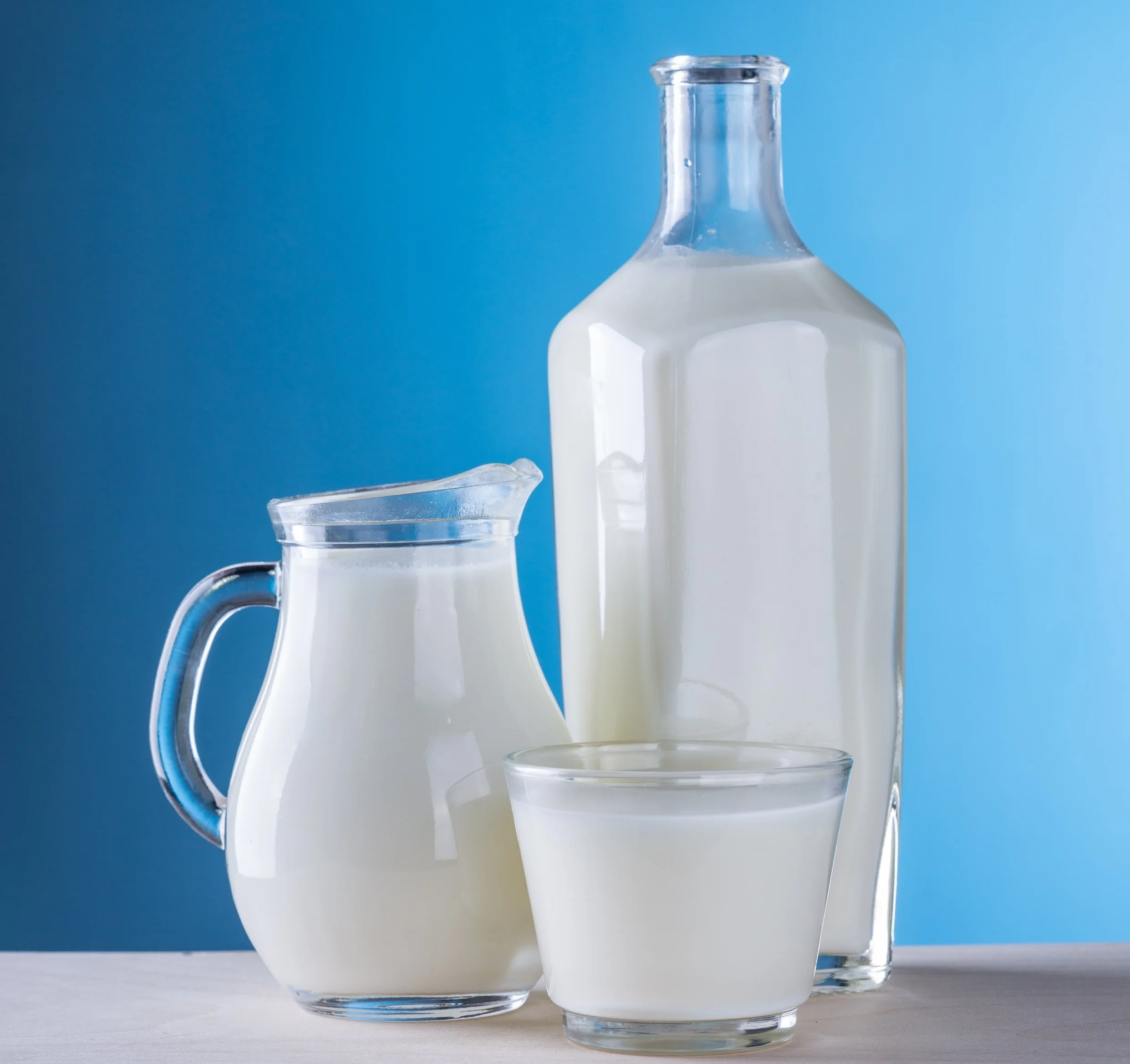As promised, a how-to for making your own delicious yogurt. The recipe is fairly simple: milk and starter culture, but which milk and culture to use may take some experimentation. You can make yogurt using nearly any milk you like. I'm a fan of whole milk, but my mother uses 1% or skim, and a friend swears by almond and coconut milks. I say, use whichever milk makes you happy, but keep in mind you'll need specific starters for non-dairy options.
Once you have the milk nailed down, it's time to choose a culture. Do you want to use a yogurt maker? Should the yogurt be very thick, or more loose? Tangy or mild? Choose a Thermophilic culture for use with a yogurt maker, and Mesophilic culture if you will not use a yogurt maker.
If you want to have your yogurt taste exactly like your favorite brand, you'll need to use a little of the store-bought variety as your starter. This is a quick and easy way to "get your feet wet," but you can't continually reuse the starter. You can probably get a few batches in before starting over though, so it's still worth the effort in terms of money saved and processing avoided.
Should you want to make a clean break from store-bought yogurts, there are many companies which sell starter cultures both online and in store. You can choose the single use starters, which will behave similarly to our first option in that you'll need a new starter culture every batch or every few batches. Heirloom cultures, on the other hand, can be used indefinitely by saving back a little yogurt from each batch to serve as the starter for the next batch. I use a heirloom culture and love it, but it does require some diligence. Should I forget to save back or properly store the starter for my next batch, I start over with a new starter.
Thickness and flavor are little less black and white. Traditionally, Greek yogurts are more tangy, Bulgarian more mild, and several others can be found along the tartness scale. You can also play with the incubation time to affect flavor: longer = more tart. Thickness is generally more to do with the culture type, and whether you allow some of the whey to drain before eating. Piima is fairly thin, while Viili is much thicker. My personal favorite is the heirloom Bulgarian culture. This comes out thick and creamy, with just a little tartness.
Down to business: start with about 2 1/2 cups milk. In a large pot, bring the milk to 190F being careful not to allow it to boil. Stir A LOT, nearly constantly. Remove from heat and allow the milk to cool to 100F (check and stir periodically to avoid the occasional "skin" that can form). Whisk in your starter (about a cup if using store brand, 1/2 cup or so if heirloom), then pour the milk into your incubator. Set the timer according to the incubator instructions (usually between 6 and 10 hours). When the yogurt has incubated, chill and either drain to thicken more or serve as is. A little berry puree and some honey is one of my favorite flavorings!









